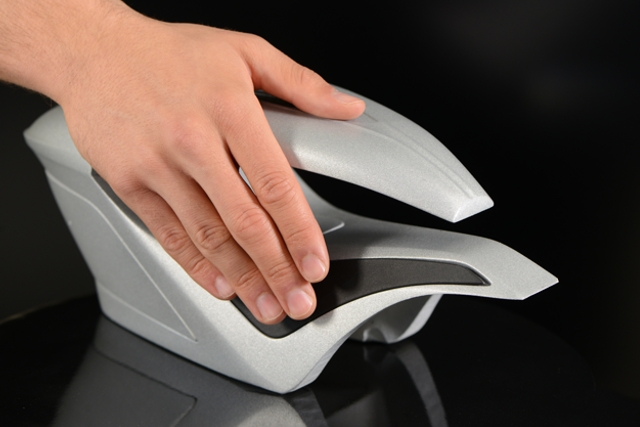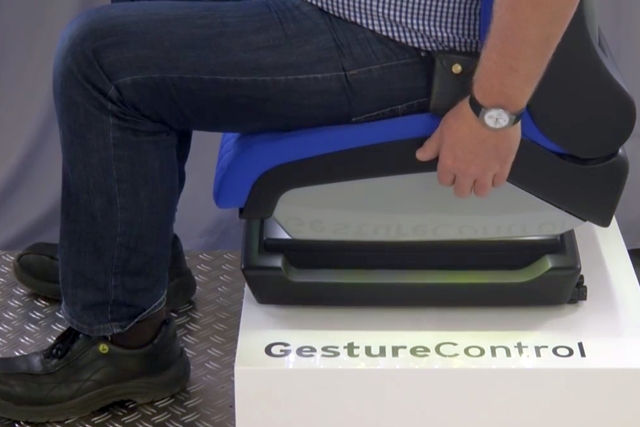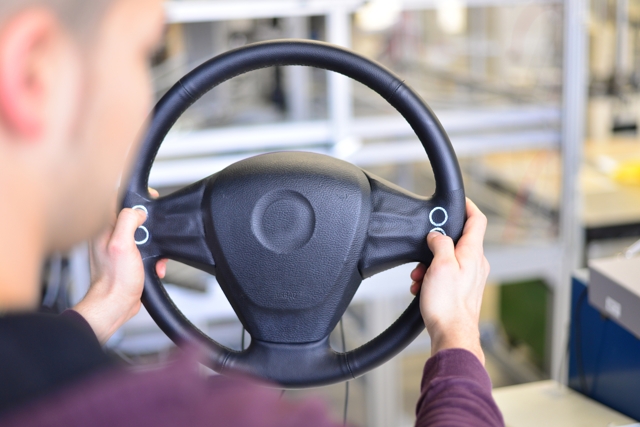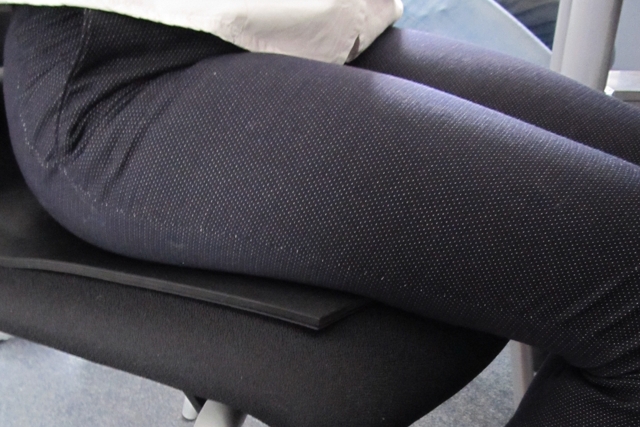Modern operating systems in vehicles usually use touch displays for communication with the vehicle. Added value can be provided by haptic switches and sensors that are located under soft surfaces and integrated in the armrests, for example.
Based on magnetorheological elastomers or fluids, "soft" and noiseless actuators can be realised that provide clearly perceptible feedback.
Dielectric elastomer sensors can be used as occupancy and weight sensors in seating surfaces and offer added value due to their high elasticity.



